Guillermo Anderson, Harmony, Heritage, and the Legacy of Honduras’ Troubadour
In the heart of Central America, where the rhythms of nature harmonize with the melodies of tradition, there emerged a troubadour who would become the sonic storyteller of Honduras. Guillermo Anderson, born on February 26, 1962, in La Ceiba, Honduras, embarked on a musical odyssey that celebrated the cultural richness of his homeland. This biography unfolds the life and legacy of Guillermo Anderson, a musical visionary who intertwined the threads of folklore, environmental advocacy, and a profound love for his people in a symphony that echoed far beyond the borders of Honduras.
Early Years in La Ceiba: A Musical Awakening
Guillermo Anderson’s journey into the world of music began in the coastal town of La Ceiba, a place where the lush landscapes of Honduras meet the Caribbean Sea. Growing up surrounded by the vibrant culture of his Afro-Caribbean and Indigenous Garífuna heritage, Anderson’s childhood was steeped in the rhythms of Punta and the storytelling traditions of his ancestors.
In his formative years, Anderson developed a deep connection to the diverse musical tapestry of Honduras. From the rhythmic beats of the Garífuna drum to the soulful tunes of traditional folk music, he absorbed the sounds of his surroundings like a musical sponge. It was during this time that he picked up the guitar, marking the beginning of his lifelong commitment to translating the stories of his people into melodies that would resonate with the world.
Folklore as a Musical Canvas
Anderson’s musical palette was as diverse as the cultural mosaic of Honduras. Inspired by the folklore and traditions of his homeland, he began composing songs that became a living testament to the soul of his people. His lyrics, often poetic and poignant, wove tales of love, identity, and the beauty of Honduras’ natural landscapes.
One of Anderson’s early albums, “En Mi País,” released in 1988, captured the essence of his folkloric explorations. The album featured traditional Honduran rhythms alongside Anderson’s introspective lyrics, providing a musical canvas on which he painted the vivid images and stories of his beloved country.
Commitment to Environmental Advocacy
Guillermo Anderson’s love for Honduras extended beyond its cultural richness; it embraced the very land from which his music drew inspiration. Recognizing the fragility of the country’s ecosystems, Anderson became a passionate advocate for environmental conservation. His songs, such as “La Ceiba,” were not only musical tributes to the landscapes of Honduras but also calls to action, urging listeners to appreciate and protect the natural treasures that surrounded them.
In 1991, Anderson founded the environmental organization “La Ceiba Ecological Foundation” to further his commitment to conservation. Through this foundation, he initiated projects aimed at reforestation, sustainable development, and environmental education, aligning his music with tangible efforts to safeguard the biodiversity that fueled his artistic spirit.
Musical Crossroads: A Fusion of Cultures
As Anderson’s career flourished, he became a symbol of Honduras’ cultural diversity, masterfully blending traditional influences with global sounds. His music evolved into a fusion that transcended borders, incorporating elements of Caribbean rhythms, Afro-Garífuna beats, and even hints of reggae and calypso. This innovative approach marked a departure from the traditional folkloric landscape, placing Anderson at the crossroads of cultural exploration and musical experimentation.
The album “Baleadas,” released in 1999, exemplified this fusion of cultures. Named after a traditional Honduran dish, the album embraced a sonic diversity that mirrored the multicultural fabric of Honduras itself. Anderson’s ability to seamlessly integrate various musical elements showcased his prowess as a musical alchemist, creating a tapestry that resonated with audiences far beyond the shores of La Ceiba.
The Power of Collaboration: International Recognition
Guillermo Anderson’s collaborative spirit extended beyond musical genres; it reached across borders. His willingness to collaborate with artists from diverse backgrounds opened new horizons for his music and introduced the world to the enchanting sounds of Honduras.
One notable collaboration was with the Garifuna Women’s Project, a collective of women preserving and promoting the Garífuna culture. The resulting album, “Umalali: The Garifuna Women’s Project,” featured Anderson alongside these talented women, creating a harmonious dialogue between traditional Garífuna rhythms and contemporary influences. The album earned critical acclaim and contributed to the global recognition of both Anderson and the Garifuna culture.
Legacy: A Troubadour’s Gift to Honduras
Guillermo Anderson’s legacy extends far beyond the chords of his guitar and the lyrics of his songs. His impact on the cultural and environmental landscape of Honduras is immeasurable. Through his music, Anderson not only celebrated the diversity of his homeland but also inspired a sense of pride and connection among the people of Honduras.
His commitment to environmental advocacy left a lasting mark, as the La Ceiba Ecological Foundation continues its work in preserving Honduras’ natural wonders. Anderson’s ability to harmonize cultural pride with environmental stewardship created a blueprint for artists around the world seeking to use their craft as a catalyst for positive change.
The Final Note: Remembering Guillermo Anderson
On August 6, 2016, the music world lost a troubadour, an environmentalist, and a cultural ambassador. Guillermo Anderson’s passing left a void, but his melodies lingered in the air, a reminder of the gift he had bestowed upon Honduras and the world.
In the coastal town of La Ceiba, where the Caribbean waves meet the Honduran soil, Anderson’s legacy lives on. The annual “Guillermo Anderson Music Festival” celebrates his life and contributions, bringing together musicians, artists, and enthusiasts to honor the troubadour who left an indelible mark on the musical and cultural heritage of Honduras.
Conclusion: The Melodies of Honduras
As we reflect on the life of Guillermo Anderson, we encounter not just a musician but a cultural beacon whose melodies continue to echo through the heart of Honduras. His ability to weave together the threads of folklore, environmental advocacy, and a deep love for his people created a tapestry that transcends time.
In the rhythms of Punta, the verses of folk songs, and the echoes of Anderson’s guitar, we find the soul of Honduras. Guillermo Anderson, the troubadour of La Ceiba, gifted his nation and the world with a musical legacy that resonates with the beauty of cultural diversity, environmental consciousness, and the enduring spirit of a people united by the melodies that connect them to their roots.
.- Youtube.com – Guillermo Anderson Link here.


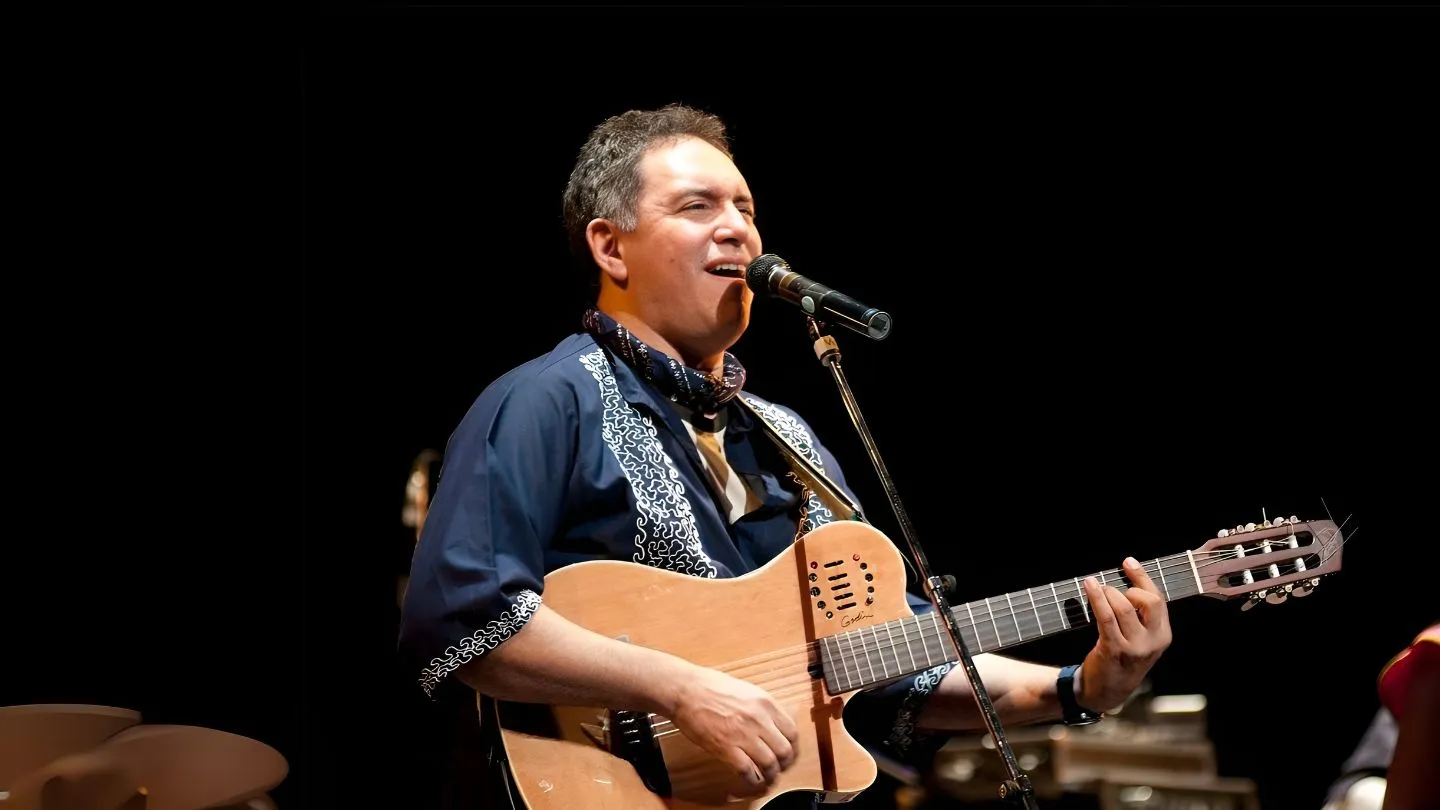
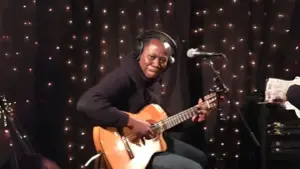

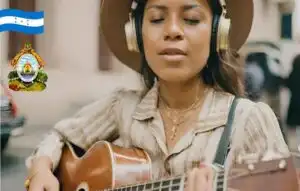

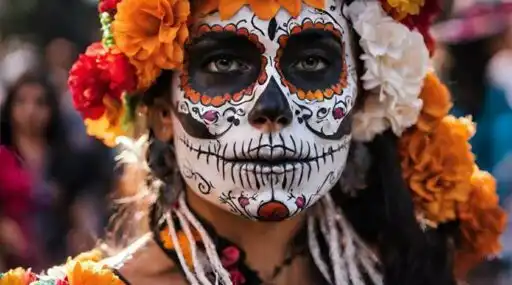




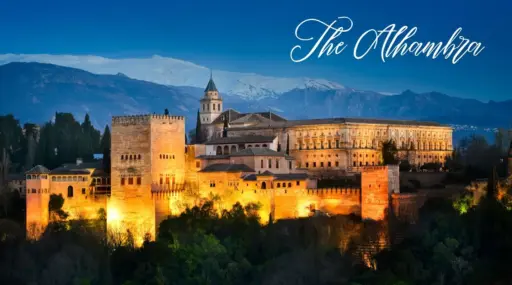
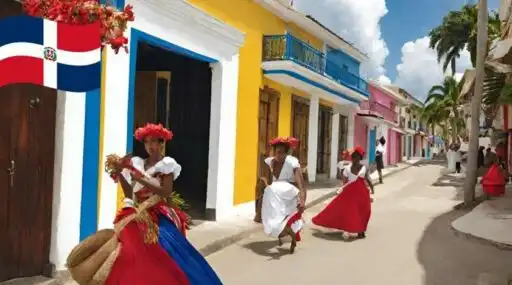



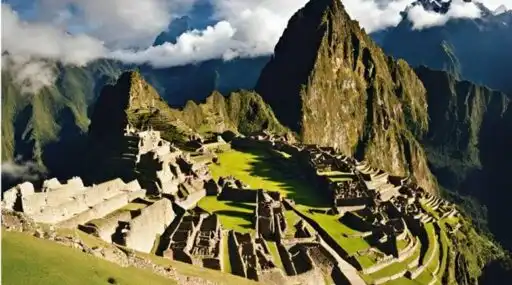
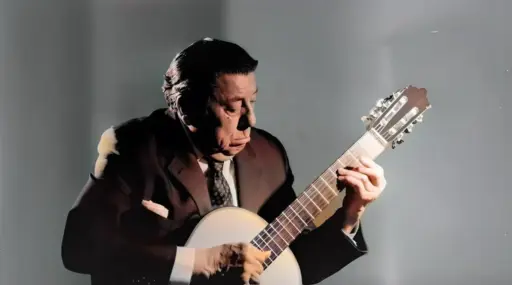

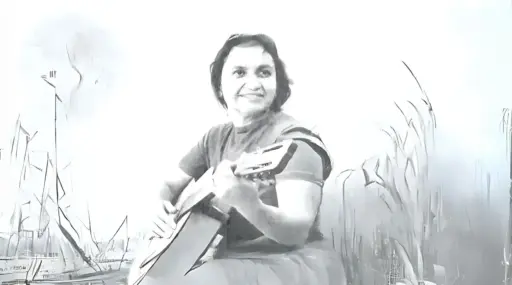
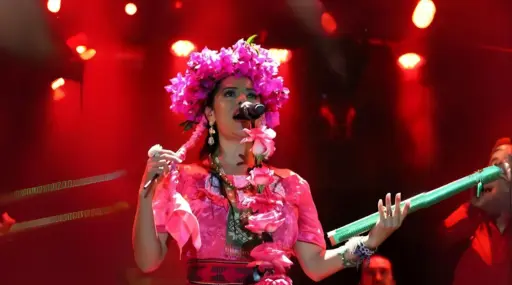


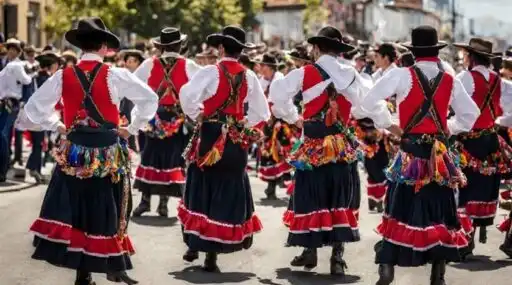
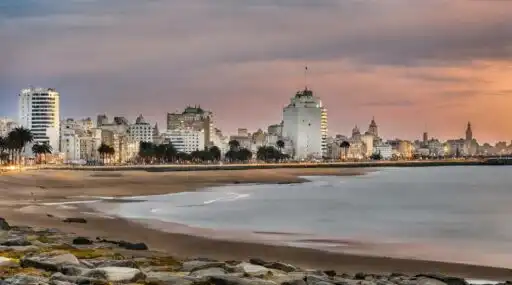
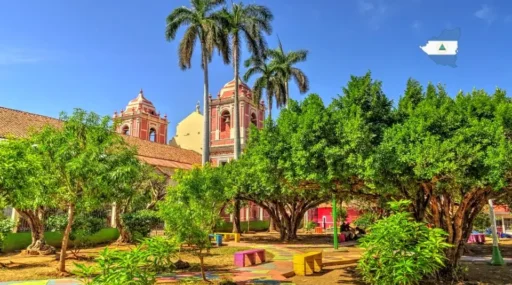
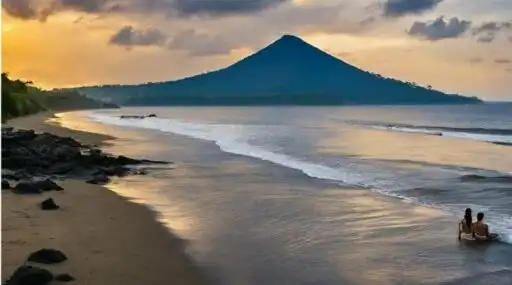
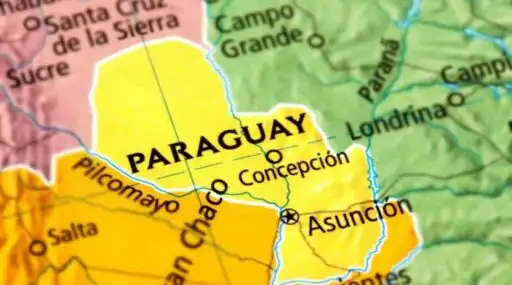
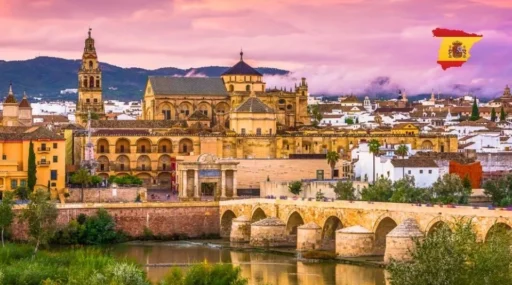


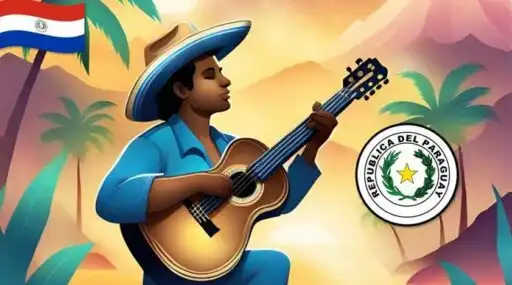
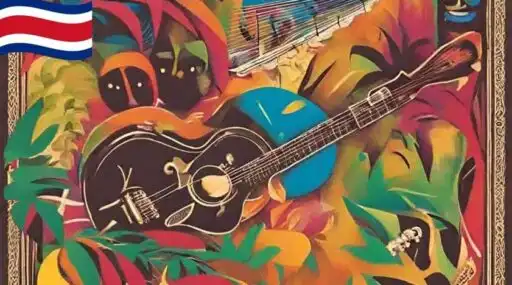
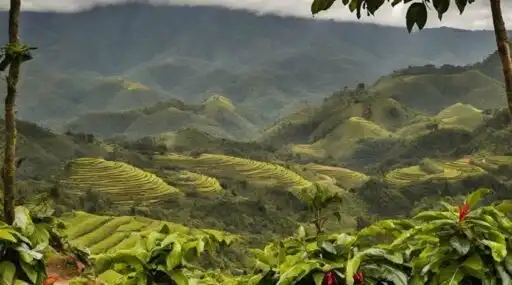
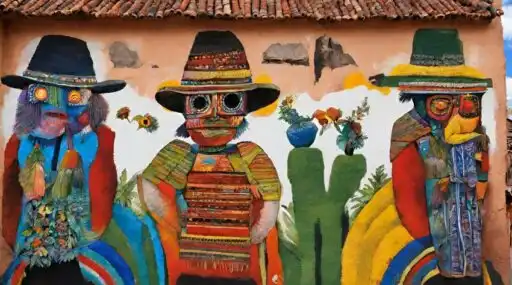
Leave a Reply